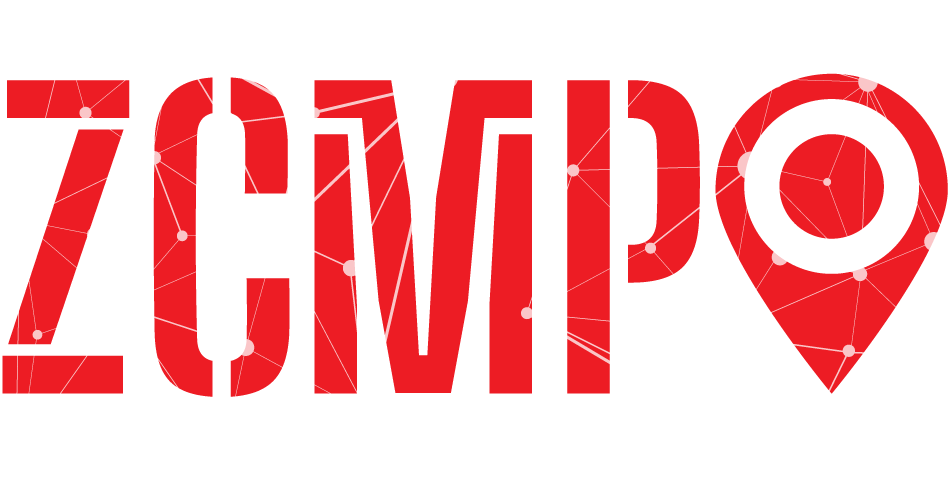The Zip Code Memory Project seeks to find community-based ways to memorialize the devastating losses resulting from the Coronavirus pandemic while also acknowledging its radically differential effects on Upper New York City neighborhoods. Through a series of art-based workshops, public events, social media platforms, and a performance/exhibition at the Cathedral of St. John the Divine, community members re-imagine Zip Codes not as zones of separation, but as interrelated spaces for connectivity and mutual care.

Projects
Workshops
The ZCMP workshops built on each other to develop trust among a diverse group of participants who had experienced the pandemic in radically different ways. Through acting exercises and games; storytelling, writing and art-making; and through discussions about how we can promote social change, we aimed to work through loss, enable healing, and create community.

Roundtables
To reflect on and supplement the work done in our workshops and gatherings, we invited the memorial artists and architects, geographers and demographers, epidemiologists and public health experts we have found inspiring to join us in several public roundtable discussions on Reparative Memory, the determinative power of Zip Codes, and Chronic Lives. Project participants joined for several participatory roundtables to reflect on “Covid Three Years Later.” Roundtables were co-sponsored with our partners.
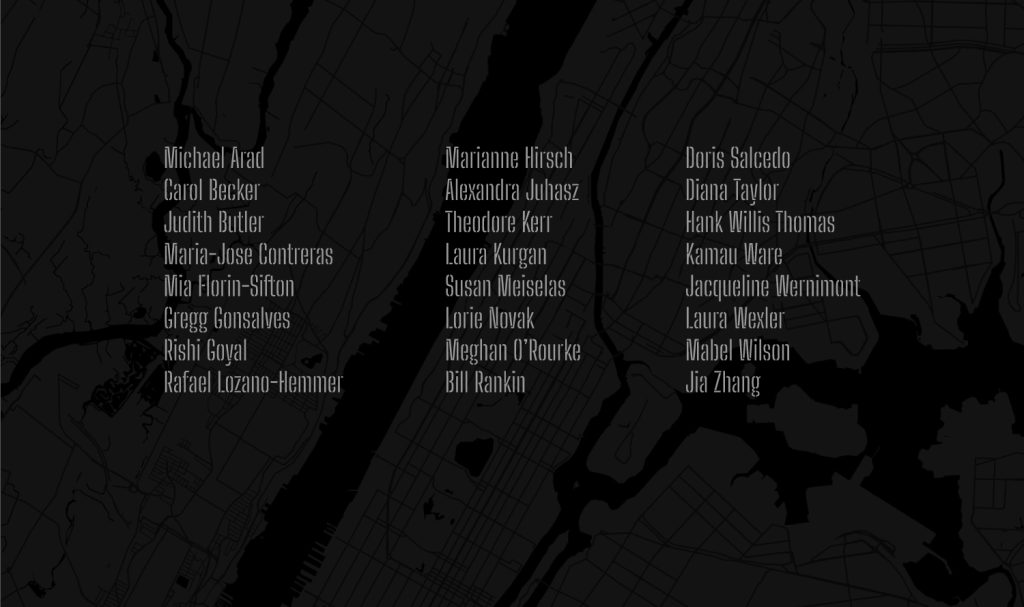
Imagine Repair Exhibition
The Imagine Repair exhibition featured work produced in our workshops and specially commissioned for the exhibit. The included artists searched for forms that convey their responsibility to bear witness to an extraordinary historical moment. They came together to celebrate the restorative power of artistic collaboration and community, and to express a collective desire for renewed hope and a demand for transformative justice.
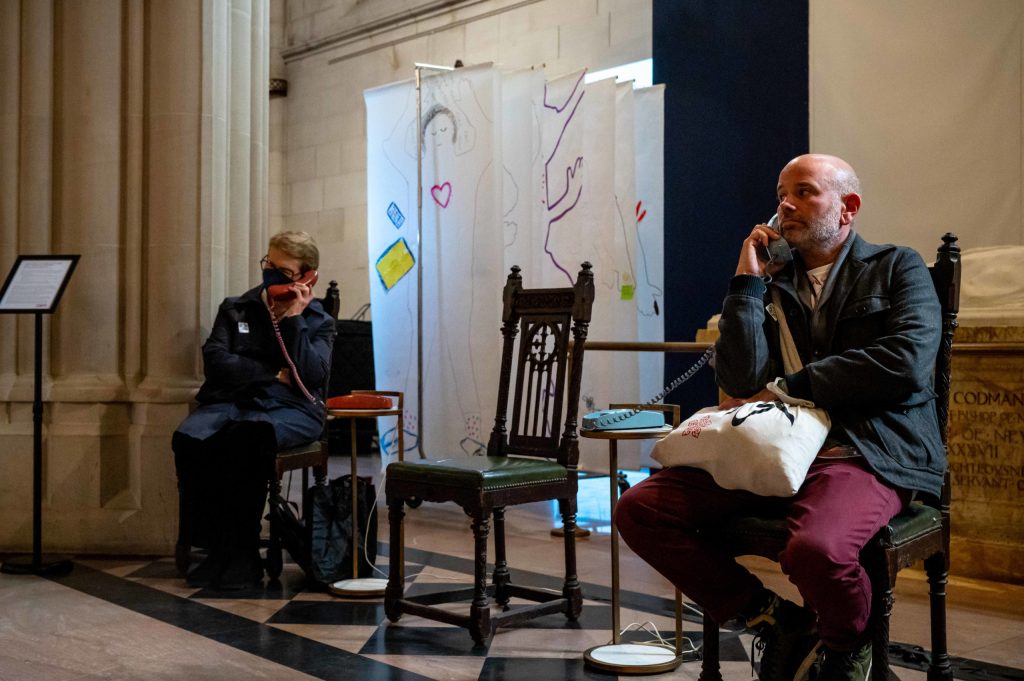
Performances & Presentations
We invited the general public to listen to presentations and participate in performances. The songs, chants, rants, secular sermons, and clanging of pots created a space in which our outrage and anger could give way to hope and joy in our togetherness. In the Nave of the Cathedral of St. John the Divine, we placed signs marked “Presente!” on multiple chairs to hold a space for those who are no longer here.
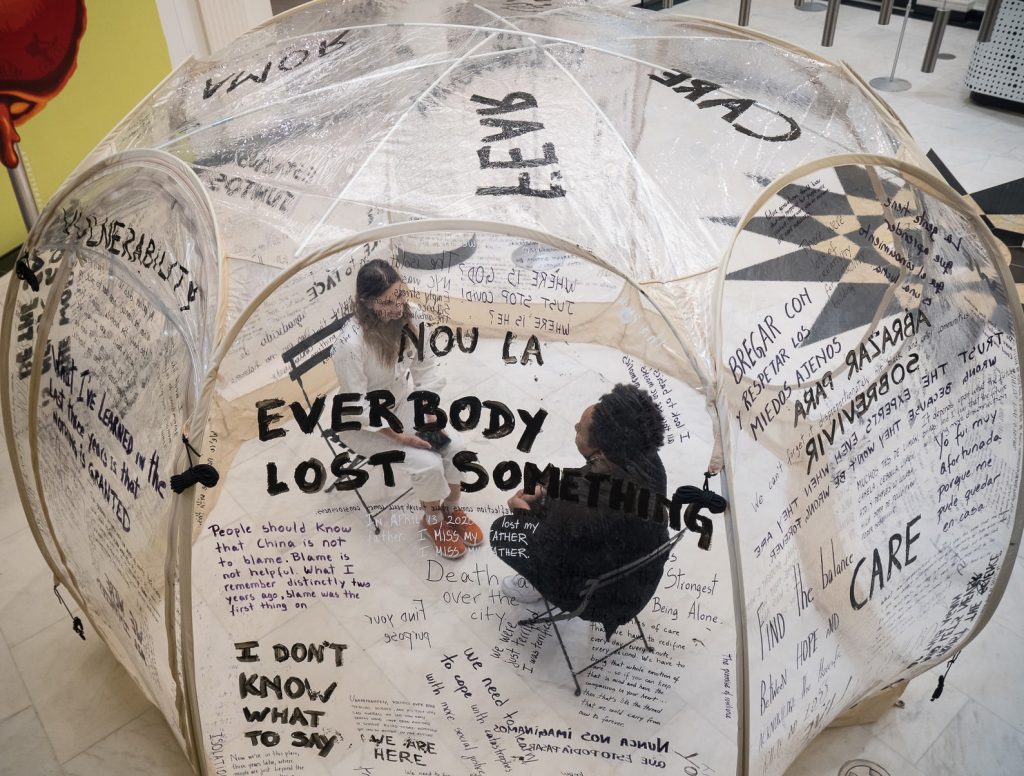
Film
Together, Not Alone, 2022, a short film about the ZCMP directed by Gabriella Canal and Judith Helfand, shows how a group of strangers from across three New York City neighborhoods—different ages, races, socio-economic backgrounds, work and life experience— come together after months of Covid-19 isolation to explore, map, paint, shape, recall and bear witness to each others’ Zip Code-determined struggles and imagine justice and repair.
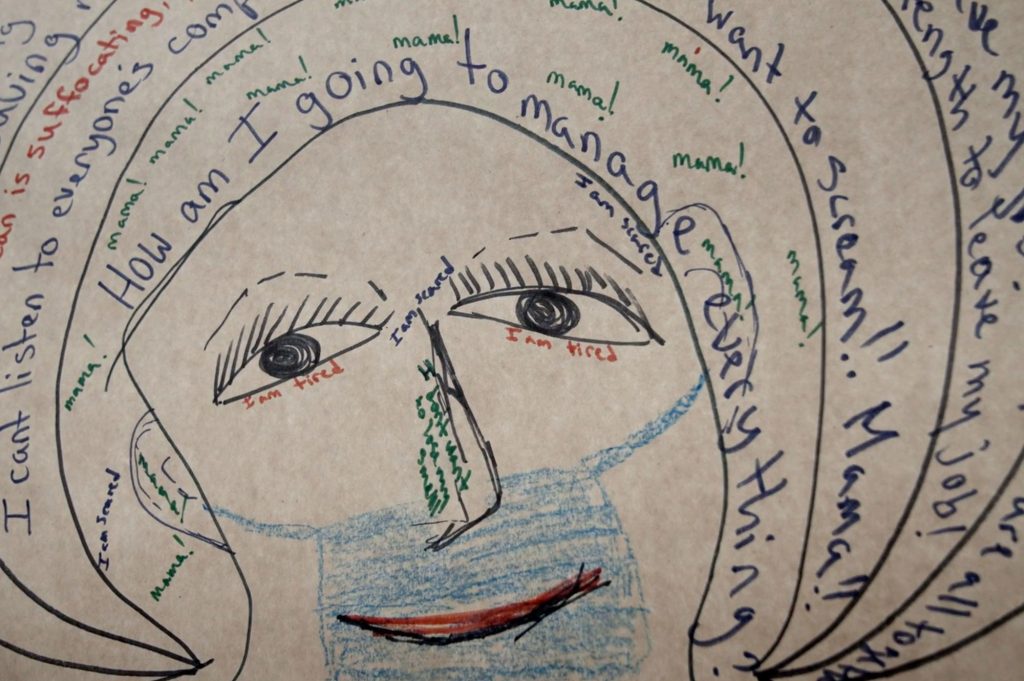
Gatherings
Our gatherings allowed participants and the broader community to participate in a much needed candle-light vigil with testimonials, music, and song. We interacted with each others’ body maps; our postcards reflected on “What have we lost and learned from Covid? How can we heal and grow together?” Our walk through the neighborhood, accompanied by drums and chanting, made the loss and mourning visible, demanding acknowledgment. The Sing Harlem Choir reminded us that there was hope and beauty, even in the dark.


Reflections

Zip Codes
Zip Codes, introduced in the 1960s, soon became a shorthand for significant and sometimes brutal social inequalities affecting the lives and life expectancies of different communities. ZCMP mapping taught us new ways to conceptualize how we are and are not the same even as we are governed together.
10027, that’s Central Harlem…What I love about my community is that there are still pockets where people really look out for each other.

Bodies
Individual and social bodies were ravaged by COVID. ZCMP brought people together again in public, to rebuild bodily connections with those they did not know—touching, looking into each other’s eyes, remembering that we all have names even as we recognized what had been lost.
My body is in exile.

Memory
How do we memorialize an ongoing crisis that is being publically minimized and disavowed? How can traumatic memory be transformed into activist engagement for social justice?
We didn’t get to join together in prayer.

Imagine
The ZCMP art-based workshops, performances, and art exhibition offered a safe context in which we could act out and thus transform disabling memories. Together, through acts of mutual care, we can imagine an otherwise.
The Zip Code Memory project provides a space for us to imagine a future where we are healthy, safe, and happily in community with people who care deeply about the city. After all the isolation and pain caused by the pandemic, meeting in person for the first time allowed me to feel reconnected with the world again.

Repair
Repair meant assuming responsibility for the dysfunction that exacerbated the effects of the pandemic, and the admission that there is no better before to go back to. ZCMP was conceived as a process of seeing, listening, acknowledging and, where possible, addressing past wrongs and alleviating present pain in creative, even joyful ways.
You can’t heal what you refuse to see.

Justice
Justice, as a right, as a demand, was an aspiration motivating the ZCMP. How could ZCMP’s practices of collective trust and hope transform our desire for a better future into a demand for accountability and change?
